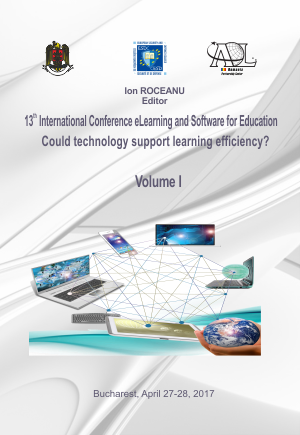LEARNING USING CONNECTIONS BETWEEN CONCEPTS
LEARNING USING CONNECTIONS BETWEEN CONCEPTS
Author(s): Doru Anastasiu Popescu, Nicolae BoldSubject(s): Social Sciences, Education, Higher Education
Published by: Carol I National Defence University Publishing House
Keywords: section; module; arborescence; NLP.
Summary/Abstract: In the process of learning, concepts are keys to define and understand an entire method or a specific course. Also, within a course, concepts can have relations between them, in the sense that, for a specific concept, there is needed the understanding of previous concepts that are used at defining and explaining the current one. In an extended sense, a concept is either an action that depends on a theoretical notion (e.g., implementation of a class method), or the theoretical notion itself (e.g., class method). In the majority of cases, the process of learning can be thought as a linked path of key concepts. The learning becomes, in this way, structured. This path can be used for teaching as well as for process of assessment, the teacher making a scheme that helps in the organization of courses. In this paper we will present a model of teaching and assessment planning using the connections between notions that will be taught. We will use, in this matter, an extractor of keywords from the description of the concept or a written course itself, using a method of text analysis that will signal the presence of other notions in this description and will determine the degree of connectivity between the current concept and the other present in the database. For the process of assessment, the process is reversed: the test is build based on the degree of connectivity, resulting tests with connected items based on the link between the concepts that are used for a specific question.
Journal: Conference proceedings of »eLearning and Software for Education« (eLSE)
- Issue Year: 13/2017
- Issue No: 01
- Page Range: 224-229
- Page Count: 6
- Language: English

